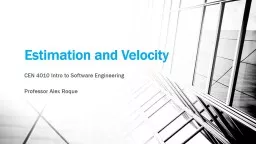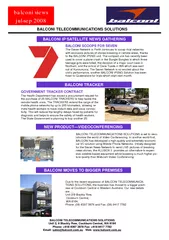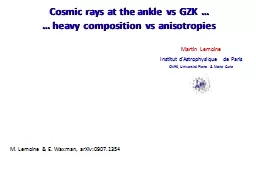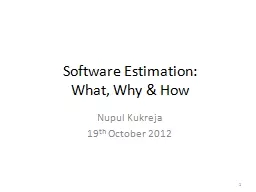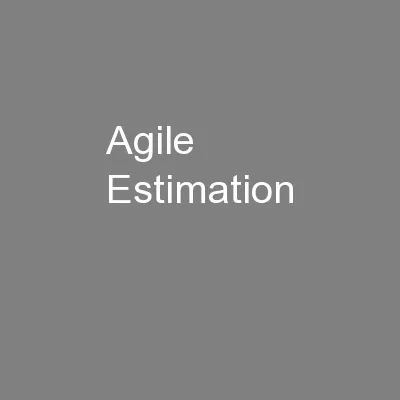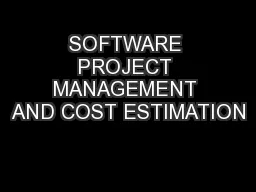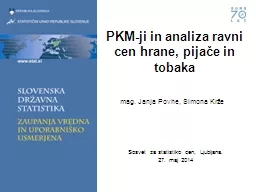PPT-Estimation and Velocity CEN 4010 Intro to Software Engineering
Author : aaron | Published Date : 2018-03-07
Professor Alex Roque Overview Estimation and Velocity Common Development Project Questions How many features will be completed When will we be done How much will
Presentation Embed Code
Download Presentation
Download Presentation The PPT/PDF document "Estimation and Velocity CEN 4010 Intro t..." is the property of its rightful owner. Permission is granted to download and print the materials on this website for personal, non-commercial use only, and to display it on your personal computer provided you do not modify the materials and that you retain all copyright notices contained in the materials. By downloading content from our website, you accept the terms of this agreement.
Estimation and Velocity CEN 4010 Intro to Software Engineering: Transcript
Download Rules Of Document
"Estimation and Velocity CEN 4010 Intro to Software Engineering"The content belongs to its owner. You may download and print it for personal use, without modification, and keep all copyright notices. By downloading, you agree to these terms.
Related Documents

